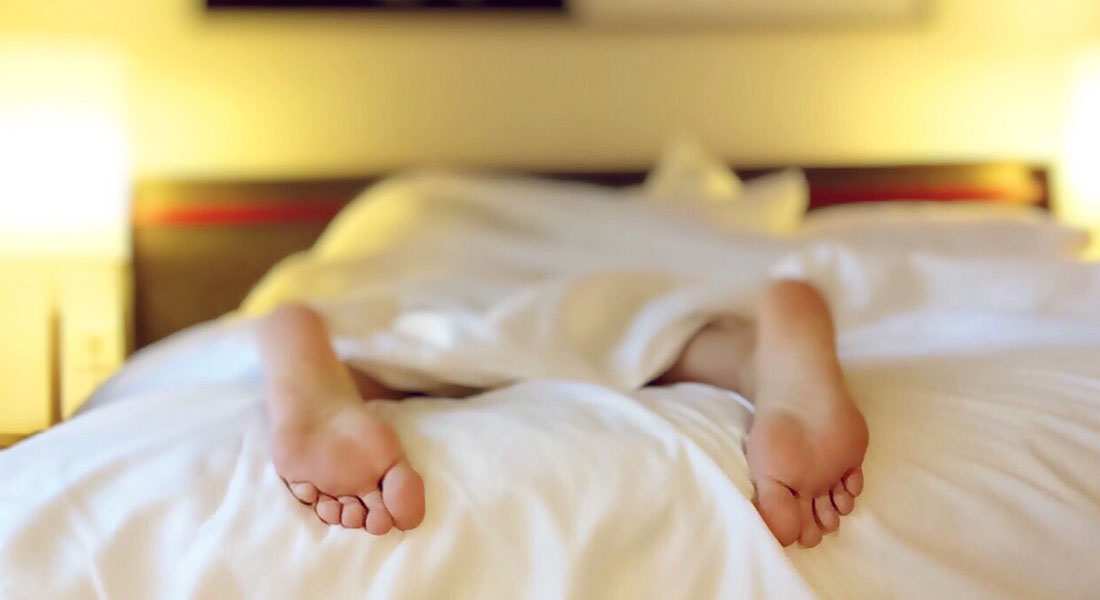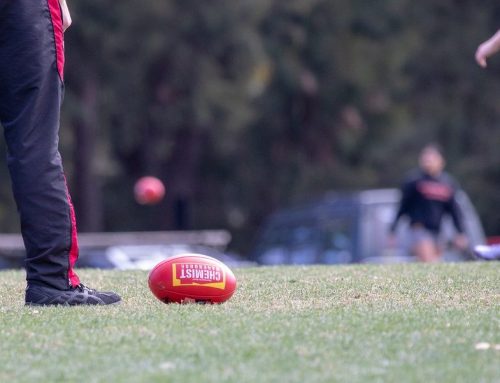A middle aged female client presented to Elite Myotherapy with leg pains that were worse at night, and affecting her sleep. Upon questioning and the initial assessment I ruled out some common musculoskeletal possibilities. We then started discussing Restless Leg Syndrome (RLS).
RSL is a neurological disorder characterized by throbbing, pulling, creeping, or other unpleasant sensations in the legs. It is uncontrollable and sometimes creates an overwhelming urge to move them. Symptoms occur primarily at night when the person is relaxing or at rest and can increase in severity during the night. This results in difficulty falling asleep and staying asleep. Up to 10% of the population suffers from RLS, it affects both sexes but is more common in women, and may begin at any age, even in young children.
Unfortunately at this stage the cause is unknown. There is considerable evidence that suggests RLS is related to a dysfunction in the brains basal ganglia circuits that use the neurotransmitter dopamine, which is used to produce smooth, purposeful muscle activity and movement. Disruption in this pathway results in involuntary movements, such as in Parkinson’s disease.
Some chronic diseases such as kidney failure, diabetes, and peripheral neuropathy are related to RLS. Some medications can aggravate RLS symptoms such as; anti-nausea drugs, anti-psychotic drugs, antidepressants that increase serotonin, and some cold and allergy medications that contain sedating antihistamines. Pregnancy, especially in last trimester, can also be a cause of RLS although it usually disappears 4 weeks after giving birth. RLS is sometimes misdiagnosed in children as growing pains or attention deficit disorder. Occasionally physicians wrongly attribute symptoms to nervousness, insomnia, stress, arthritis, muscle cramps, or ageing.
A few ways to reduce RLS symptoms include; decreasing caffeine, alcohol, and tobacco; supplements to correct iron, folate and magnesium deficiencies; changing or maintaining regular sleep patterns; undertaking regular moderate exercise; taking a hot bath; and massaging the legs.
To help the client manage her symptoms, she has treatment every three weeks, focusing on reducing the tension in her legs via different techniques including soft tissue manipulation, cupping and stretching to name a few. As part of her treatment plan, we also discuss her current exercise routine that she does most days, and her sleeping patterns. My client takes magnesium regularly and has Epsom salt baths and hot showers to help relieve her symptoms.
If you or someone you know has restless leg syndrome, Myotherapy treatment can help. Call us on 9826 2006 for further information.
Nicole Davies – Elite Myotherapist







